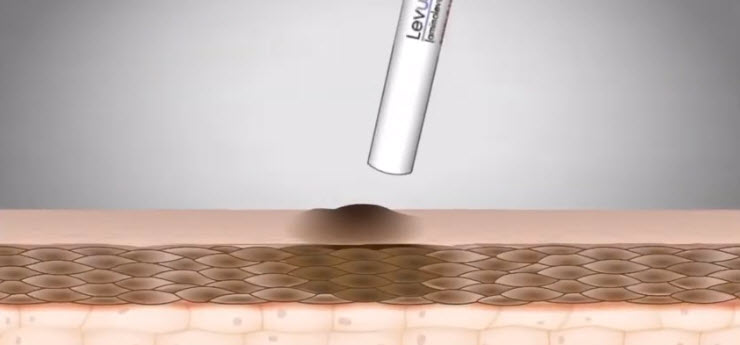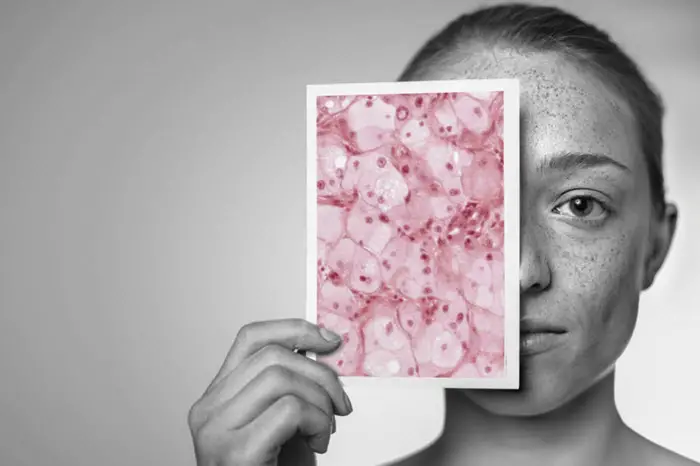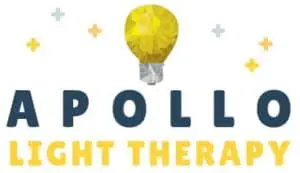Living in a climate that is hot and sunny with high UV rays for most of the year, Australians are known as having one of the highest incidence of skin cancer in the world.
So can blue light therapy help pre-cancerous skin conditions? Yes. Blue light therapy uses a specific light souce and has been found highly effective in treating sun damaged and precancerous skin conditions, especially when used in conjunction with specific drugs as the activator.

Our Australian national catch cry of “slip on a shirt, slap on sunscreen and slap on a hat” (slip, slop, slap) has battled for years to educate people in the necessities of prevention.
But still, when you live in a climate like we do and are in the sun as often as we are, even with prevention, skin cancer is at an all time high.
So How Does Light Therapy Help Pre-Cancerous or Cancerous Skin?

Light therapy for skin conditions involves either a blue or red light and different activators depending on the condition. If you have pre-cancers (or actinic keratosis), common treatments from dermatologists are either freezing or creams. Now there is also light therapy.
While you can use just light therapy alone, it is most beneficial when used in conjunction with an internal drug (which activates the light). When the 2 are used together, this is called Photodynamic Therapy (or PDT). The goals of PDT, freezing and cream treatments are the same.
If you have 1 or 2 precancers, freezing or creams are usually used. Sometimes they will freeze the spot and then leave it to see if more develop. But if you start developing multiple the important question that is unanswered is how many more are lurking below the skin’s surface?

People in this category need what we call a “field treatment”. It is where an area is treated rather than just a single spot. Light therapy treatments for precancerous conditions involves a very specific light source and a very specific activator for that light source. These 2 together cause preferential localized damage to the cells that are trying to turn cancerous.
Doesn’t Applying More Light To Something Caused by Light Cause Further Damage?
The obvious question you may ask is “if sun damage (a light source) caused the problem in the first place, aren’t we just making things worse?”

The answer is yes and no. We are making things worse or causing damage to those cells that need to be disrupted. The ones that are trying to become cancerous. The combination of light and activation stops these cells from turning by causing damage to the potential cancerous parts. But there is no damage to the cells that are not trying to turn cancerous.
Do I Need To Do Anything to Prepare For Light Therapy?
Here are the essentials to prepare the area to be treated so you can get the most out of your treatments:
- Prepare the area to be treated by thoroughly washing it with a gentle cleanser and then pat dry. It is important not to put anything on your skin – no skin products of any kind.
- If you are treating an area with hair, shave the hair 2 days prior to treating. Hair can interfere with the light’s ability to penetrate deeply into the skin. Light can’t penetrate through the hair into the skin to do what it needs to do.
Things to Look Out For and Be Aware Of:
If you have any of the conditions below, it may make the process not as effective.
- Known cutaneous photosensitivities
- Porphyria
- Known allergies to porphyrins
- Sensitivities to any of the components used topically in light therapy
- If you get cold sores. – If using a light therapy and a product as the activation, that activation could lead to a cold sore. You may need to go on suppressing medication if you are prone to cold sores.
What Are the Possible Side Effects?
Even though photodynamic therapy has less potential side effects than creams or freezing, there are still possible side effects. These are:
- Scaling and/or crusting of the treated area
- Permanent lightening or darkening of the skin of the treated area
- Itching
- Burning
- Redness
- Swelling
- Severe stinging and/or burning at one or more lesions being treated
For some people, taking a non-drowsy antihistamine like Claritine, or Zyrtec for a couple of days can sometimes alleviate symptoms.
